How To Make Textured Medium For Raised Stencils On Furniture

Recently I was asked to create a raised stencil design on a night stand. To my surprise I discovered that texture medium is pricey and that it is very easy to make. So here is a step by step tutorial on how to make textured medium to stencil on furniture and some tips on stenciling and photos of the night stand at the end.
Hometalk Recommends!
Want to save?
Get your 30-day free trial of Amazon Prime today for Prime Day deals on July 8-11th!
I love stenciling on furniure, rugs, floors and walls. My most recent favorite stencil project was a layered rug for my front door. Here are my if you would like to see the rug.
To begin this project all you need are a few items that you probably have around your house. But before we jump into the step by step let me share that on another Hometalk post I will be showing the steps on doing the stencil. But for now let's begin with collecting your supplies and making the textured medium.
- Baby powder or baking soda (I have not tried baking soda but I heard it works great too.)
- School glue
- Paint (you can use acrylic or mineral paint)
- Measuring cups
- Bowl
- Mason jar for storing the textured medium
- Spoon for stirring
First measure out 1/2 cup of baby powder. I had this lavender scent on hand which made the medium smell so good. But you can use regular baby powder.
Pour the baby powder in the bowl. Side note: this bowl was a little to small so I would recommend a deeper bowl. It was a challenge stirring it without it falling out.
Now measure out 1/4 cup of good old school glue. Pour it in and let's move on to the paint.
Follow the last step by adding another 1/4 cup of paint. Now it is time to give it all a stir.
Begin stirring slowly so you don't stir up the baby powder into the air. It is kind of like stirring flour when you are making a recipe.
Keep stirring until it is the color of the paint. You should not see any powder form in the textured medium. Also, it should be a very thick consistency. If it is to thick to the point that you cannot stir it then add some more paint and glue. If it is not thick enough where it will stand on its own then add some more baby powder.
Now all you have to do is place your stencil on the surface by taping it down with some painters tape and start stenciling with putty knife or something like a putty knife.
It is real important to take your time and make sure the stencil stays down nice and flat.
And here is the stenciled nightstand. I found this nightstand at Goodwill. It was a dirty and had a few scratches. I cleaned it with a magic eraser and the stencil covered most the scratches.
It's amazing what you can hide with a stencil design.
I had some left over so I added this cute design to an old tray. It gave this plan white tray some style.
One last tip. You can store the textured medium in a mason jar. Make sure to tighten the lid. It will last I a few days and maybe more. I only kept it there for a few days. Some people say it will keep longer.
I hope you have enjoyed this post and I will share a detailed step by step tutorial on raised stenciling on my next Hometalk post where I stencil a faux background on a bookcase.
For more home decor ideas check out my website. You will find DIY projects like this one and decorating tips.
Enjoyed the project?
Resources for this project:
See all materials
Comments
Join the conversation
-
 Mer152146711
on Jul 10, 2025
Mer152146711
on Jul 10, 2025
I really enjoyed reading about this project.
I am going to try it on painting canvas.
-
-
-



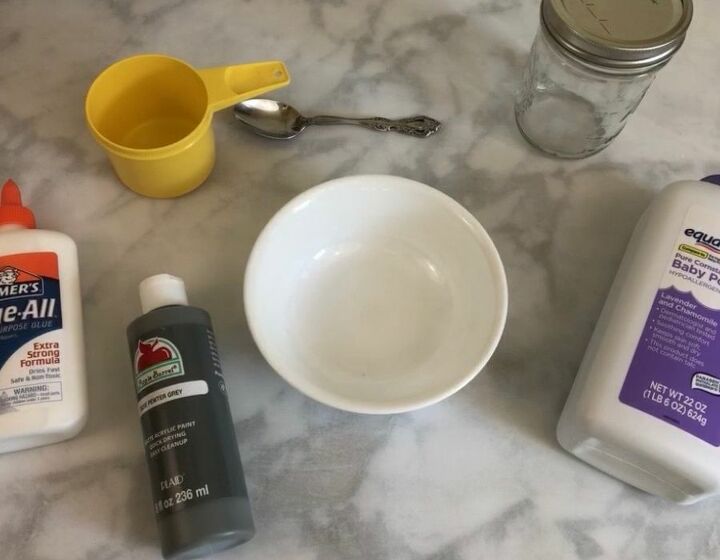
















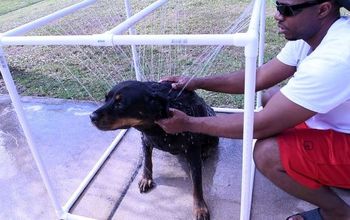
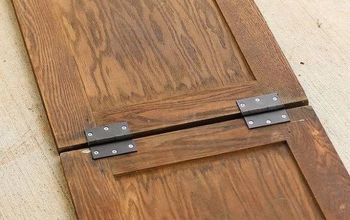



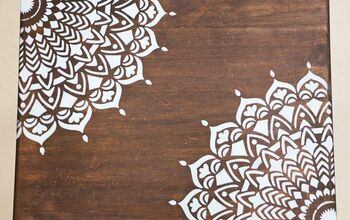
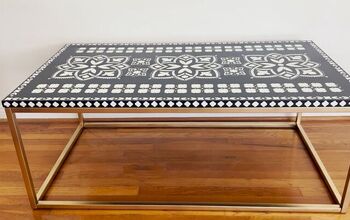
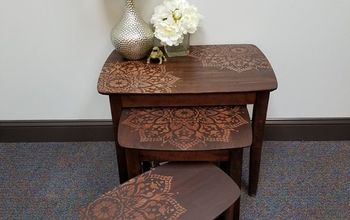
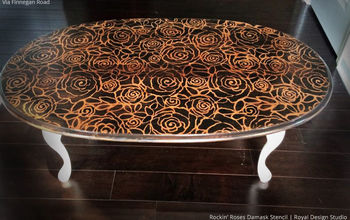
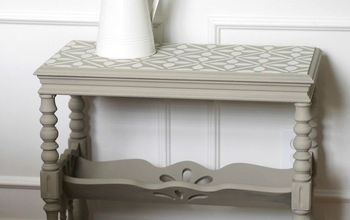
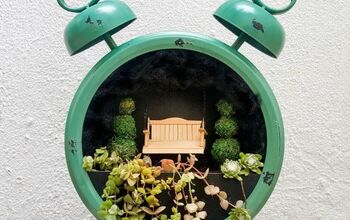
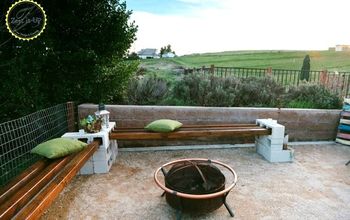
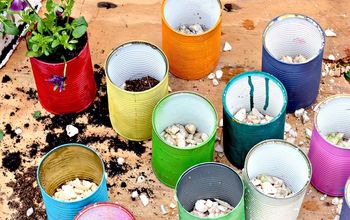
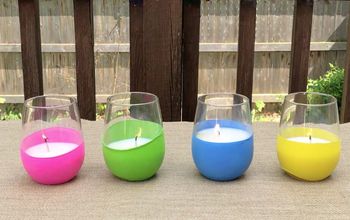
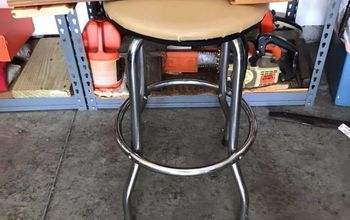
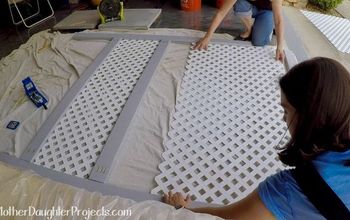
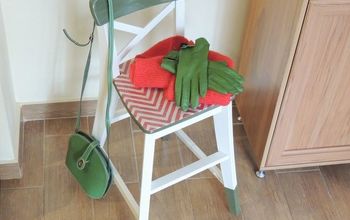
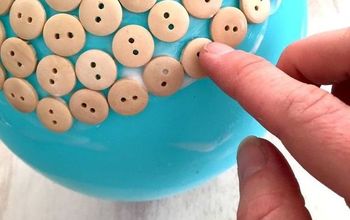
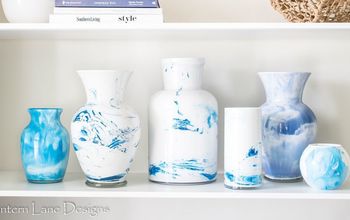
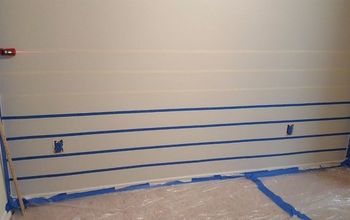
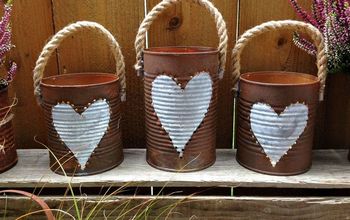
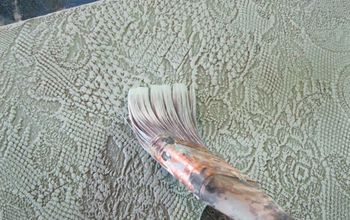
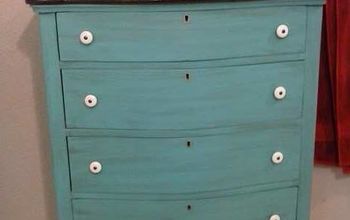
Frequently asked questions
Have a question about this project?
Do you not know that baby powder it full of ASBESTOS??
how do you protect it.
Does any talc do? What about foot powder?
why baby powder and not something like baking soda?